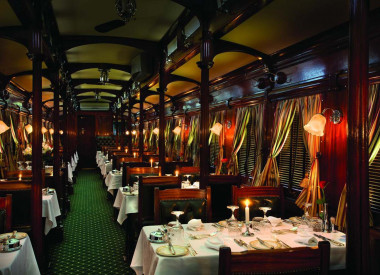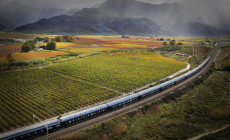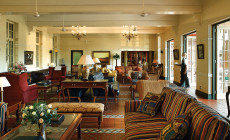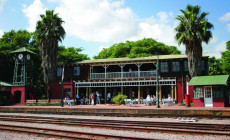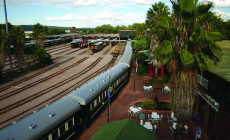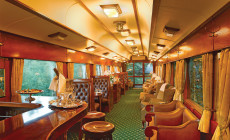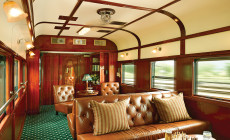-
Latin America
Latin America
- Countries (hidden space)
- Galapagos & Ecuador
- Guatemala
- Mexico
- Panama
- Peru
- Popular Attractions
- Machu Picchu
- Inca Trail
- Easter Island
- Galapagos Islands
- Patagonia
- Rio de Janeiro
- Iguazu Falls
-
Africa
Africa
- Spacer Africa
- South Africa
- Zimbabwe
- Popular Attractions
- Cape Town
- Okavango Delta
- Sossusvlei Dunes
- Victoria Falls
- The Kruger
- The Garden Route
- Masai Mara
-
Asia & Middle East
Asia & Middle East
- Asia
- Borneo (Malaysia)
- Cambodia
- India
- Japan
- Middle East
- Jordan
- Spacer Asia
- Laos
- Sri Lanka
- Uzbekistan
- Vietnam
- Popular Attractions
- Taj Mahal
- Lion Rock (Sigiriya)
- Angkor Wat
- Ha Long Bay
- Kyoto
- Petra
-
Destinations
- Latin America
- Argentina
- Bolivia
- Brazil
- Chile
- Colombia
- Costa Rica
- Galapagos & Ecuador
- Guatemala
- Mexico
- Panama
- Peru
- Asia
- Borneo (Malaysia)
- Cambodia
- India
- Japan
- Laos
- Sri Lanka
- Uzbekistan
- Vietnam
- Middle East
- Jordan
- Southern & East Africa
- Botswana
- Kenya
- Namibia
- South Africa
- Zimbabwe
- Contact Us
-
About
About
Llama Travel provides high quality holidays at the lowest possible prices.
99% recommend us Lower prices - guaranteed Financially protected by ATOL
Travelling 1,600 kilometres from Cape Town to Pretoria, the Rovos Rail showcases the diversity of South Africa, from scenic winelands and spectacular mountain ranges to the haunting barrenness of the Great Karoo and the grasslands of the gold-rich Highveld. The train journey includes breakfast, lunch, tea and dinner which are enjoyed in the sophisticated on-board dining cars. The experience is truly luxurious and opulent from start to finish, from the champagne reception at the beginning to the pampering throughout the journey.
About the Rovos Rail
The Rovos Rail recaptures the atmosphere of a bygone era, with colonial carriages and Edwardian-style furnishing. Rovos Rail is probably the most luxurious train travel in Africa and has a range of suites, public areas and dining cars where meals and tea are served. The train travels throughout the day, stopping during the night to ensure a restful and uninterrupted sleep.
Accommodation
The train can accommodate up to 72 guests at a time in a variety of cabins.
Pullman Suite
Suite size: 7 square metres
Couch, bunk, double and side-by-side twin available
Daytime sofa couches are 189x90cm, lower bunks are 189x90cm, upper bunks are 189x60cm, doubles are 189x150cm and side-by-side twin beds are 189x75cm
Tea drawer, air-conditioning, en-suite bathroom with shower, cupboards and safe
Deluxe Suite (AVAILABLE FOR A SUPPLEMENT)
Suite size: 10 square metres
Double, side-by-side twin and split twin available
Double beds are 189x160cm and twin beds are 189x90cm
Mini-bar, air-conditioning, en-suite bathroom with shower, luggage shelf, cupboards and safe
Royal Suite (AVAILABLE FOR A SUPPLEMENT)
Suite size: 16 square metres
Double and twin available
Double beds are 200x189cm and twin beds are 200x75cm
Lounge area, mini-bar, air-conditioning, en-suite bathroom with bath and shower, luggage shelf, cupboards and safe
Dining
Breakfast, lunch, tea and dinner are served in the charming Victorian atmosphere of the dining cars, complemented by a selection of fine South African wines. Fresh local ingredients are used and traditional dishes such as game are served. A gong announces lunch and dinner. The dress code in the evening is formal – men must wear a jacket, shirt and tie whilst women must wear a cocktail/evening dress.
Other Amenities
The train comprises of a locomotive, generator car, staff car, guest cabins, a non-smoking lounge car, two non-smoking dining cars, kitchen car, smoking lounge and observation car.
Between excursions there is time to admire the scenery from the observation car or have a drink at the bar. The lounge car features large windows, deep sofas, wingback chairs and air-conditioning.
Luggage
Each suite has a luggage rack that runs its length providing ample space for storage.
Rovos Rail Itinerary: Cape Town to Pretoria
The journey begins in Cape Town, cradled by the imposing bulk of Table Mountain, Devil’s Peak and Lion’s Head. After weaving its way through the scenic winelands of the Cape, the train reaches Worcester in the Hex River Valley before climbing 750 metres up the face of the escarpment, followed by four long tunnels. High tea is served in the lounge and observation cars during the afternoon, allowing you to admire the views whilst receiving five-star service. Disembark at Matjiesfontein for an opportunity to stroll through the authentic Victorian village and visit the museum. The journey passes through the haunting barrenness of the Great Karoo, whilst dinner is served in the dining cars. The train stops during the night to ensure a peaceful sleep.
The second day begins with breakfast in the dining car, arriving in Kimberley after lunch for a tour of the city, Diamond Mine Museum and the world’s largest manmade excavation, the Big Hole. Lesser Flamingos can be spotted as the train passes a shallow lake before continuing to Klerksdorp.
The final day is an uninterrupted journey through the goldfields of the Witwatersrand, arriving around Pretoria at 5pm, although times can vary due to delays and signalling issues which are not uncommon.

